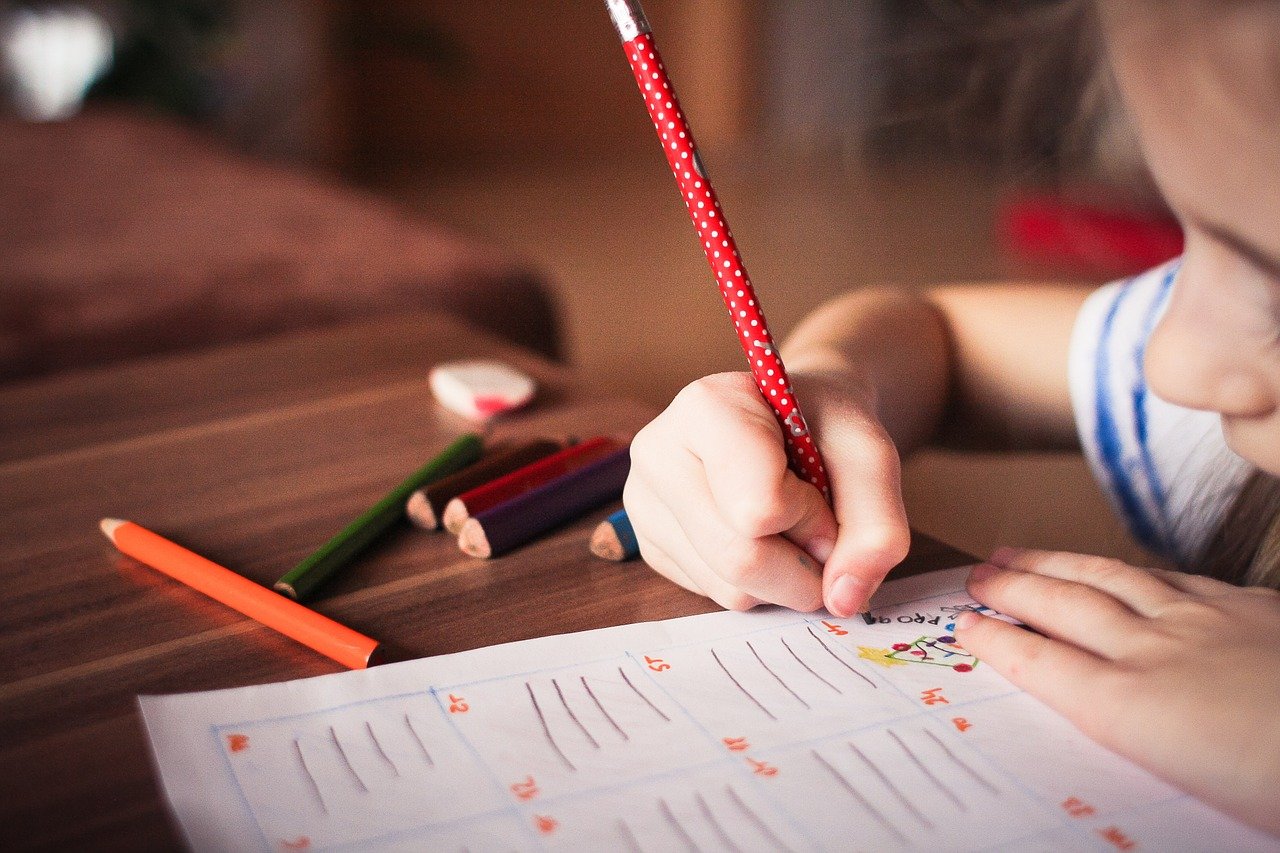Activity-Based Learning is a type of teaching where children learn at their own pace through various supervised activities. It is a more interactive and engaging method of teaching children. It allows for monitoring factors such as coordination, speech, motor skills and social skills amongst other important factors.
It is a fun approach to learning since it boosts the development of the brain in children by providing constant stimulus by prompting them to respond. Activity-based learning is achieved mainly in three ways which are, experimentation, expression, and exploration. Continue reading this article to read more about activity-based learning for kids and how activity-based learning helps students?
Learning courses for your kids! Get free trial here
What is Activity-Based Learning?
Activity-based learning is the process of learning by performing tasks or activities. As opposed to asking kids to simply listen and take notes, activity-based learning motivates students to participate in their own learning experience via practical activities such as independent investigation and problem-solving.
By encouraging kids to explore, experiment and learn independently through activity-based techniques, parents and teachers seek to equip children with skills in critical analysis, problem-solving, and creativity.
The activity-based learning revolves around the following concepts:
#Experimentation – gathering knowledge through experience.
#Exploration – gathering knowledge and attaining skills through active investigation.
#Expression – encouraging kids to express their views through visual presentations.
Also Read: Best Online Coding Classes for Kids: A Complete Guide to Get the Best

Why Activity Based Learning is Important?
Activity-based learning not only helps kids enjoy the learning experience but also have multiple other benefits which are mentioned below:
Helping Students Memorise Information
By allowing kids to get physically and mentally involved in the learning process, activity-based learning will help students learn and preserve facts and information. This process of collecting knowledge through personal experience is done to help kids memorise and understand their study material.
Encouraging Kids to be Independent and Inquisitive
Activity-based learning focuses on making kids independent through investigation and analysis. By asking kids to work on their own or in small groups with other children, activity-based learning encourages students to be independently analytical, think critically, and learn from their own experiences. This self-directed learning process in turn supports the acquiring of knowledge outside of their educational environment.
Learning courses for your kids! Get free trial here
Supporting Social Development
Activity-based learning encourages kids to take responsibility for their own learning experiences, working in groups also helps students develop social skills and teamwork. These skills will later prove important in their work and social life.
Emphasising the Relevance of Educational Material
Kids don’t always understand the relevance of their course material by simply putting pen to paper. Activity-based learning, on the other hand, helps kids understand the ‘real-life’ importance of their course material by encouraging them to explore and solve real problems and layouts.
Encouraging kids to Express themselves in Different Ways
Activity-based learning encourages kids to be creative in the way they express their knowledge and thinking. The activity-based learning method provides students with the opportunity to express what they have learnt through the act of doing as well as through the act of presenting verbally.
Also Read: List of Rhyming Words for Kids: Early Language Development

Activity Based Learning Example
Below are some methods that make schooling fun and makes students remember what to study.
Use Real Objects
Using Real objects work better when children try to understand them rather than something virtual or imaginary. Science lessons can be extremely interesting through this method of teaching. The best part is that the efforts can be from both sides – teachers and students for this. Say, the class is going to be about the classification of plants, students can be asked to collect different varieties of plants and the teacher can teach them about the plant during class.
For example, if it is a math class, students can be made to bring in real apples and mangoes to understand the problems that involve various calculations of buying and selling fruits.
Change the Classroom Theme
Coming back to the same walls and gates could get boring. How about converting your classroom into space and having a science class? Exciting, isn’t it? You can create your own thematic classroom space to incorporate the excitement and create a conducive environment for the period.
Don’t Underestimate the Power of Projects
For students who are young, parents help them in making projects and for older ones, they do it themselves. But whatever it may be, students get to familiarise themselves with the project topic they are working on. Having regular project work not only increases subject knowledge but also breaks the monotony and increases the curiosity to learn more and with clarity.
Use Additional Information
While the subject content has sufficient things to learn and teach, additional interesting facts can boost the understanding and interest of the students. Collect information either online or offline through resources outside the current textbook and give them as tit-bits outside the syllabus. This way, studying is never rote but a wholesome understanding.
Learning courses for your kids! Get free trial here
Use Videos
For decades now, videos have taken the centre stage in grabbing attention. It could be a documentary, a movie or a lesson. Any form of video will earn the interest of students. Even a short video featuring news could be the subject of interest for students who are bored of seeing the blackboard all the time. So breakthrough their glass ceiling and get them animated through video classes.
Try Shifting Classroom
Many times sitting in the same place can cause fatigue amongst students. Changing the environment can do wonders. From time to time, try going to another classroom or even better, make them sit under the tree while taking a class. Being in harmony with nature can give you and the students a refreshing change.
Also Read: Rhyming Words for Kids: Everything You Want to Know

Make the Sessions Interactive
Encouraging students to be interactive in class is the best way to get them involved. Teacher expressing that he or she loves to hear doubts no matter how silly they are is a very motivating factor for a student to pay attention to the lessons. If the students are not interactive during the class, it is better to have a separate question and answer session to get everyone talking.
Try Teaching Via Skit
Have you ever wondered why language classes are more interesting than the other subjects? It is because of lots of stories and enacting them through role-plays. This method could be tried out as funny skits for other subjects too. If it is physics, one can act as a balancing machine and another as an object to depict how one makes a difference to the other. Although the depiction could not be taken in the literal sense, it helps in breaking the monotony of the lessons and getting the students animated.
Make Storyboard
Making storyboards could be time-consuming but it is best suited for young students. Even in math, a sine chart describing differentiation and integration could be a valuable thing for students to see and learn from. Either the teacher could make it or ask students to do it and put it up in the classroom so that they get to see it often and absorb the concepts.
Teach with The Help of Puzzles and Games
Who does not like to play in the classroom? How about getting some scrabble games or word puzzles to solve and teach new words or new concepts? Students would love it as they get to engage in something new and teachers too can find this rewarding for their efforts.
Also Read: Action words for kids: Help your kid learn with these amazing action words
Conclusion
Hopefully, this article has given you a clear idea of the activities based learning in science for kids. To read more such articles visit The Real School Of Montessori Website. Do use the comment section below and tell us how are you going to implement activity-based learning







